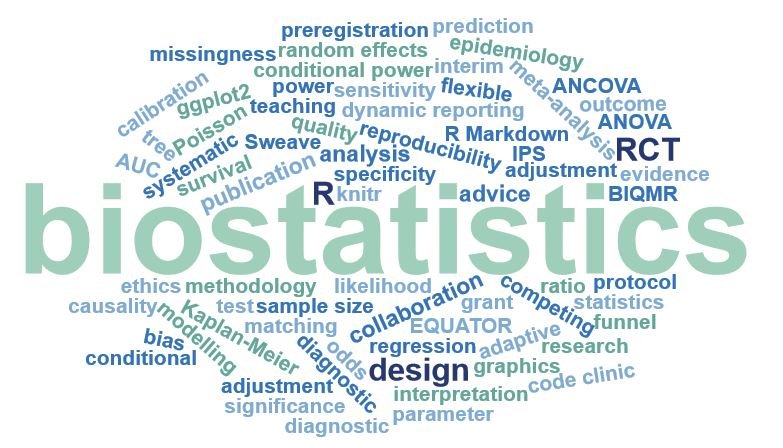Biostatistics plays a crucial role in medical and biomedical research, providing valuable insights and driving innovation in the healthcare industry. By applying statistical methods to biological and medical data, biostatisticians help uncover patterns, trends, and relationships that can lead to groundbreaking discoveries and improved patient outcomes.
One of the key contributions of biostatistics is its ability to analyze large datasets and draw meaningful conclusions. In an era where vast amounts of data are being generated in healthcare, biostatisticians are instrumental in extracting valuable information from this wealth of information. They employ sophisticated statistical techniques to identify risk factors, evaluate treatment effectiveness, and assess the impact of interventions.
Moreover, biostatistics plays a vital role in designing clinical trials, ensuring that they are conducted in a rigorous and unbiased manner. By carefully considering factors such as sample size, randomization, and blinding, biostatisticians help ensure that the results of clinical trials are reliable and can be confidently used to guide medical practice.
Biostatistics also plays a pivotal role in the development of innovative solutions for biomedical companies. By collaborating with researchers and industry experts, biostatisticians can create algorithms and models that leverage the power of statistics to optimize workflows, improve efficiency, and drive evidence-based decision-making. These algorithms can help companies streamline processes, identify potential drug targets, and accelerate the development of new therapies.
In conclusion, biostatistics is an indispensable tool in medical and biomedical research. Its ability to analyze complex data, design rigorous studies, and develop innovative solutions makes it a valuable asset for both researchers and biomedical companies. By harnessing the power of biostatistics, we can unlock new insights, advance medical knowledge, and ultimately improve patient care.
